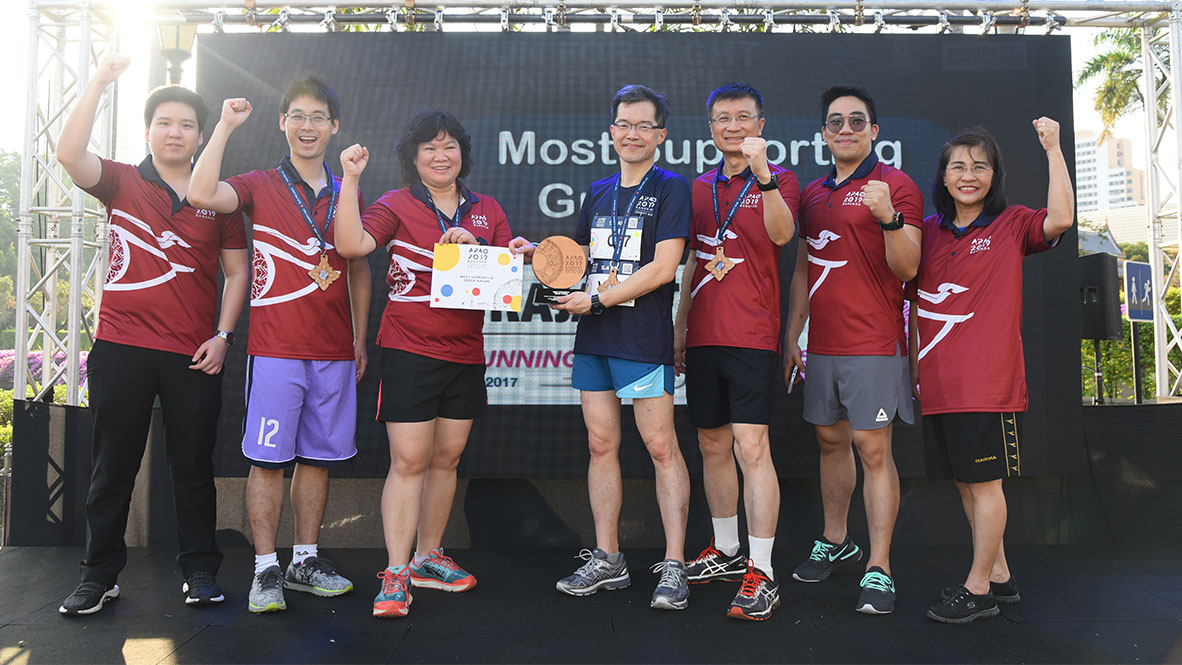This Day 1 symposium highlights practical AI applications ready for implementation.
Artificial intelligence in eye care isn’t some far-off future—it’s already here, making waves in clinics, surgery centers and patient conversations. That much was clear on Day 1 of the annual meeting of the American Society of Cataract and Refractive Surgery (ASCRS 2025), where a jam-packed symposium explored how AI is already being woven into the fabric of ophthalmology practice.
From real-time scribing and smarter surgical planning to automated screening and patient outreach, the session showcased just how practical—and powerful—these tools have become.
READ MORE: Around the World With AI in Ophthalmology
“AI won’t replace people, but the person who knows how to use AI will replace those who do not,” said Dr. John Kitchens (United States) during his talk on diabetic retinopathy screening, summing up the mood in the room with a dose of friendly provocation. This wasn’t a conversation about hype—it was about implementation.
Demystifying AI
To kick things off, Dr. Grayson Armstrong from Mass Eye and Ear (United States) broke down the often-intimidating lingo that surrounds AI. And let’s face it—terms like “machine learning” and “deep learning” can sound like something better suited to a computer science lab than a clinic.
“If we don’t know the terminology, it’s going to be harder for us to vet technology for our practices and interface with companies to know which solutions are best for us and our patients,” Dr. Armstrong noted.
To make it all a bit more digestible, he likened AI to different levels of medical training: AI as the attending physician—knowledgeable and versatile; machine learning as the resident, steadily improving with experience; and deep learning as the laser-focused fellow, mastering a very specific skill set. The message? You don’t need to be an engineer, but understanding the basics helps you steer the ship.
Virtual scribes and patient communication
Next up, Dr. Robert Chang from Stanford University (United States) showed just how fast documentation can be transformed. Demonstrating real-time AI scribing that produces full clinical notes within 30 seconds, he shared a glimpse into the new rhythm of patient care.
“Stanford has already adopted this system-wide,” Dr. Chang said, referring to Microsoft’s Dragon Copilot.
This isn’t just a fancy transcription tool. It’s multilingual, can summarize visits in patient-friendly language, and even generate follow-up instructions. Dr. Chang also spotlighted AI-driven phone systems that can field appointment calls with a surprising level of emotional intelligence, responding like an actual person (minus the hold music).
Surgical planning and lens calculations
Dr. Ryan Smith (United States) took the conversation into the OR, focusing on how AI is reshaping intraocular lens (IOL) calculations. According to him, while traditional formulas typically reach 74% accuracy within ±0.5D, AI-driven platforms are pushing that number past 90%.
“The hope is we’re going to get improved accuracy, especially in atypical eyes,” Dr. Smith explained. Still, he urged caution, emphasizing the need for more head-to-head data before crowning a new gold standard.
Diabetic retinopathy screening
One of the most compelling applications? AI-based diabetic retinopathy screening.
Dr. Kitchens highlighted a sobering stat: nearly half of patients with vision-threatening diabetic retinopathy aren’t getting screened. But three FDA-cleared AI platforms—LumineticsCore (formerly IDx-DR), EyeArt and AEYE-DS—are stepping up to the plate, delivering high sensitivity and specificity…around 90% in some cases.
“AI gives us an opportunity to go to where these patients are and more seamlessly and easily screen these patients,” he explained. Dr. Kitchens also touched on the potential of combining retinal images with demographics and health data to flag patients at high risk of progression.
READ MORE: Topcon, Beekeeper AI and AiScreenings Partner to Improve Ophthalmic Services
AI in action
To wrap up the session, several speakers gave the audience a closer look at AI solutions that are already up and running.
Dr. Greg Eippert (United States) introduced Alcon’s Adi, a platform designed to link clinics and surgery centers with real-time data sharing. One highlight: AI and radio frequency identification (RFID) tagging to automatically track IOL inventory and ensure the right lenses are on hand for the day’s cases.
Next, Dr. Mitchell Weikert (United States) shared ZEISS’s AI-enhanced formula—trained on a jaw-dropping 500,000 ray-tracing models and over 100,000 actual cases. His presentation showed how this tool is producing excellent outcomes even in trickier eyes, like post-refractive surgery cases.
Dr. Mark Packer (United States) rounded things out by showing how practices can turn their own data into opportunity using the Amaros’s EvidenceEngine platform. He pulled up a live demo revealing that his practice had 68,000 cataract patients with visual acuity of 20/40 or worse who hadn’t been seen recently.
“Who knew we’ve got 68,000 cataract patients with visual acuity of 20/40 or worse?” he said, echoing the surprise many in the audience seemed to share.
READ MORE: Ray Tracing, AI and the Rise of Customized LASIK
From buzz to benchmarks
The big picture? AI in ophthalmology is no longer a niche experiment. It’s real, it’s here, and it’s already delivering measurable results.
As Dr. John Hovanesian, chair of the ASCRS Digital Clinical Committee, said in his opening remarks, “There really are some wonderful technologies many of us have never heard about that work.”
The key takeaway? Practices don’t need to wait. These tools are ready for prime time, but choosing the right ones requires thoughtful evaluation.
Dr. Armstrong left attendees with a practical litmus test. “Ask if it was validated in a patient population like yours, if the research shows high accuracy, and if it actually improves care, efficiency and outcomes,” he advised.
As AI solutions continue to evolve at a rapid pace, the question isn’t if you’ll use them. It’s which ones you’ll implement first, and how ready you are to get the most out of them.
READ MORE: Catch every moment of ASCRS 2025 by following our live updates here.
Editor’s Note: Reporting for this story took place during the annual meeting of the American Society of Cataract and Refractive Surgery (ASCRS 2025) being held from 25-28 April in Los Angeles, California, United States.



